Thanks to social media, movies, and video games, JDM car enthusiasts around the world know about the legendary adrenaline-fueled street racing in Japan.
The word “Hashiriya” is used to describe those who enjoy a bit of illegal racing, but they’re generally considered more respectful and considerate than many of their Western counterparts.
This is in part because of the importance of showing respect in Japanese society, but also because Japanese street racers tend to put more emphasis on actual driving skill rather than all-out performance.
In this article, we’ll delve into the history, legality, and allure of Japan’s underground street racing scene, exploring its evolution, the various “disciplines” that define it, and the subcultures that thrive within its clandestine world.
Is Street Racing Legal in Japan?
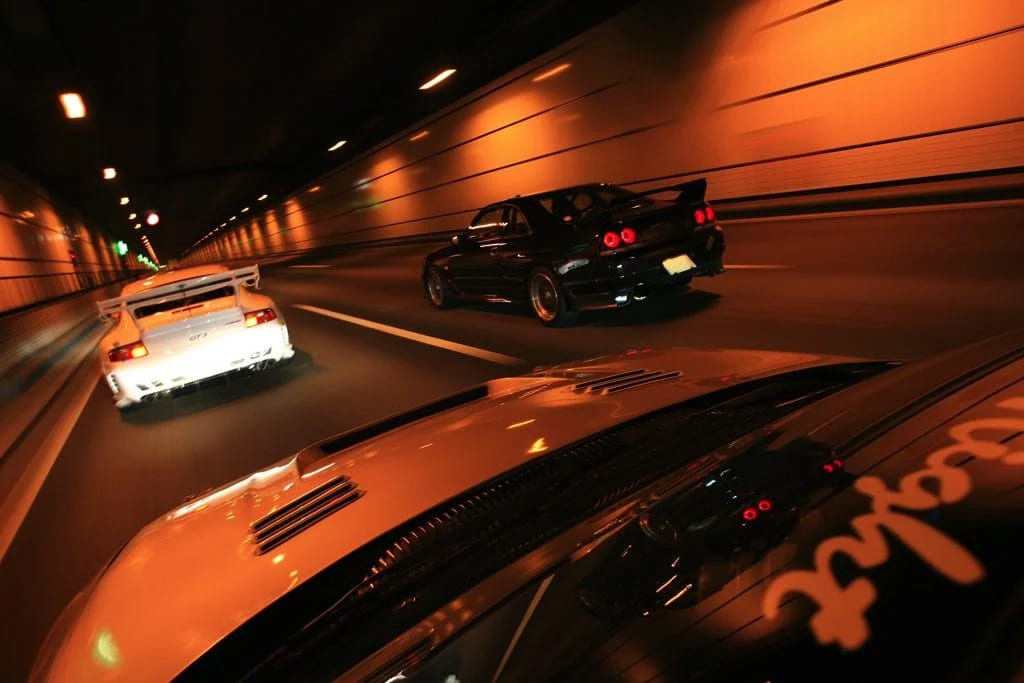
Before we dive into the current legal status of street racing in Japan, let’s go back in time, as the heyday of Japanese automotive culture — the 1980s and 90s in particular — reveals a very different era.
Back in those days, the country witnessed the emergence of not only high-performance legends, such as the R32 Nissan Skyline GT-R, Mazda RX-7, and Toyota Supra, but also an inclination towards risky, illegal racing ventures.
During this period, leniency towards such shenanigans was certainly more pronounced than today, with authorities often taking a more laissez-faire approach.
Fast forward to the present, and the legal stance on street racing in Japan has changed significantly.
Road safety, the potential risks posed by illegal racing, and the increasing international concern for responsible driving have prompted authorities to tighten their grip on street racing.
Street racing in Japan is illegal due to the inherent dangers it poses to participants, spectators, and the public in general.
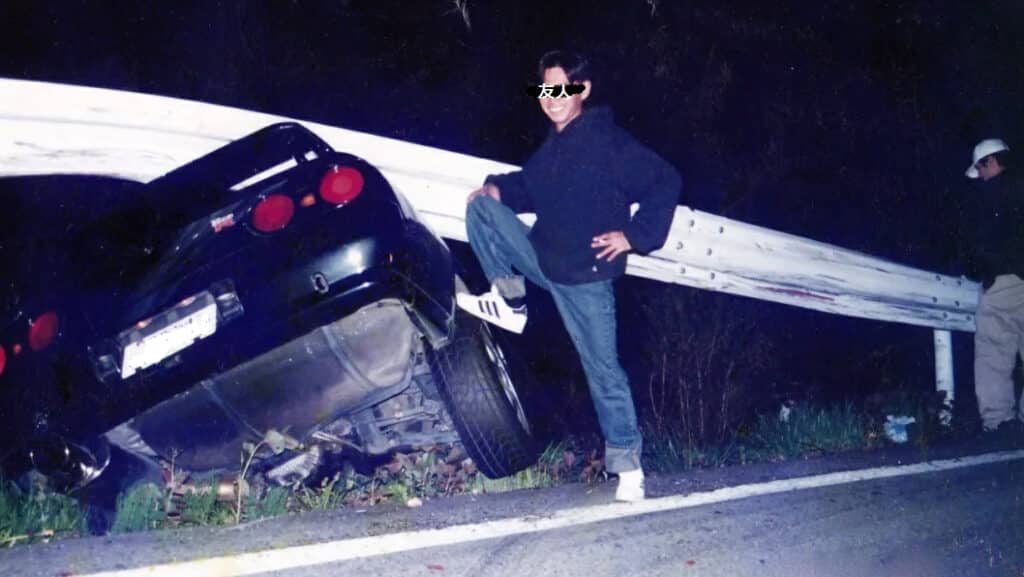
Local traffic laws strictly prohibit reckless driving, speeding, and any behavior that endangers lives and property.
In response to the risks associated with Japanese street racing, legislation now reflects a more vigilant approach, and law enforcement agencies have taken steps to crack down on illegal racing activities.
Enforcement of these laws can be rigorous, as police dish out severe penalties for offenders, including hefty fines, license suspension, and even imprisonment in the more extreme cases.
They’re utilizing surveillance cameras and increased patrolling in known hotspots to monitor the underground car scene.

Organized events on public roads are typically unauthorized and subject to dispersal by authorities, such as the popular meets at spots like Daikoku Futo getting shut down on a regular basis.
It’s clearly working, too. If you ask any car enthusiast in Japan, the Tokyo street racing scene is nowhere near what it used to be.
Those who want to visit Japan to experience the heart-pounding rush of adrenaline and the artistry of car modifications definitely need to strike a balance between indulging in their passion and adhering to responsible behavior.
Japan’s legal system has been internationally criticized for years, and as a foreigner, you certainly don’t want to be arrested for street racing there.
The History of Street Racing in Japan
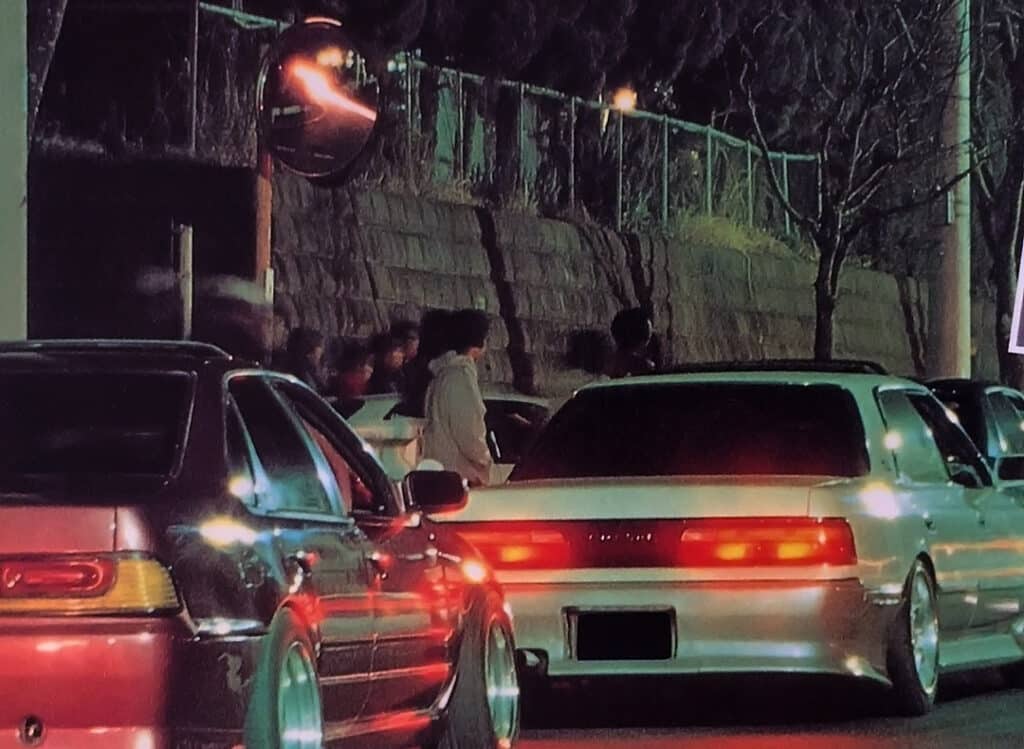
Japan’s fascination with cars can be traced back to the post-World War II era. As the nation embraced personal car ownership, a burgeoning car culture emerged.
The first organized races in Japan took place in the 1950s, with motorsport enthusiasts gathering at local circuits to push their skills and machines to the max.
As the fascination with speed, competition, and technical prowess flourished, the increasing popularity of motorsports would soon spawn a new automotive subculture — the underground street racing phenomenon.
In the 1960s and 1970s, Japan’s automotive industry saw the rise of legendary cars like the Celica, Fairlady, Skyline, and a bunch of other now-iconic classic cars.

At this point, American cars were also quite popular in the Land of the Rising Sun, and members of the American Car Club would race their Camaros and Trans Ams on the Tomei expressway.
The late 1970s and 1980s marked a technological revolution, both in terms of car manufacturing and street racing in Japan.
Kaido racers gained prominence — these were rebels with a need for speed who sought not only to drive but also to conquer the highways in a show of defiance and style.
Kaido racers took their highly modified cars to the limit on a regular basis, using the neon-lit cities of Japan as backdrops for their illegal street races.
Before long, there were multiple tribes and teams racing each other, and by the late 1980s, the Japanese underground car scene had grown significantly.
Towards the end of the 1980s, Japan also saw the emergence of drifting, which is a driving technique that would later revolutionize the world of motorsports.
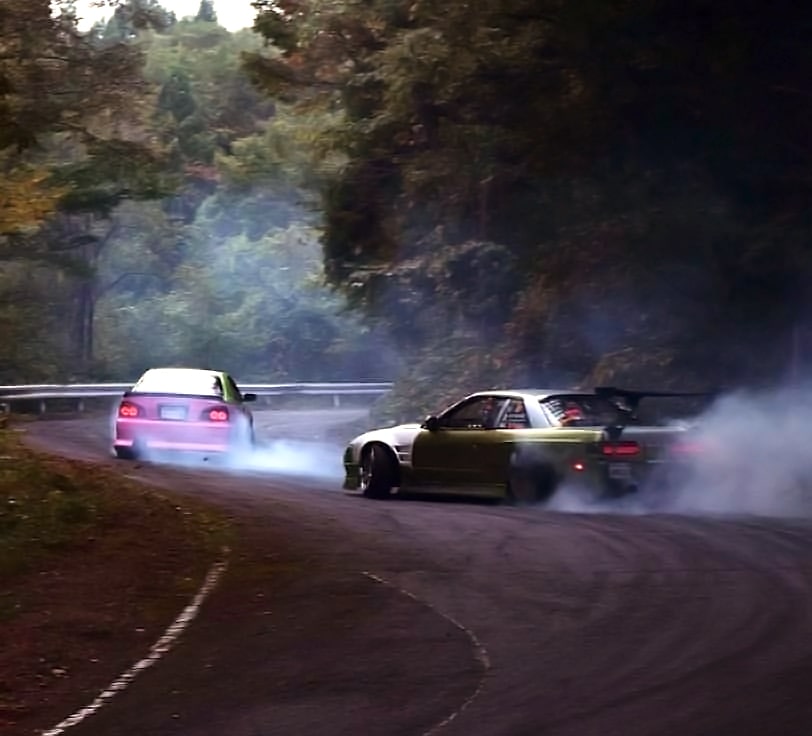
Drifting not only added an element of finesse to racing but also led to the establishment of Japan as the epicenter and spiritual home of drift culture — although, technically, rally drivers had already been going sideways for decades.
As the 1990s progressed, the appeal of street racing in Japan transitioned slowly but surely from the underground into mainstream culture.
The world witnessed the rise of iconic JDM cars that would become a canvas for young enthusiasts seeking to push the limits of both performance and style.
Around the world, Japanese street racing cars were viewed as more desirable than ever before. Their popularity skyrocketed thanks to video games such as Gran Turismo and the Initial D anime series.
Not to mention The Fast and The Furious franchise; the first 3 flicks were some of the best racing movies ever made.
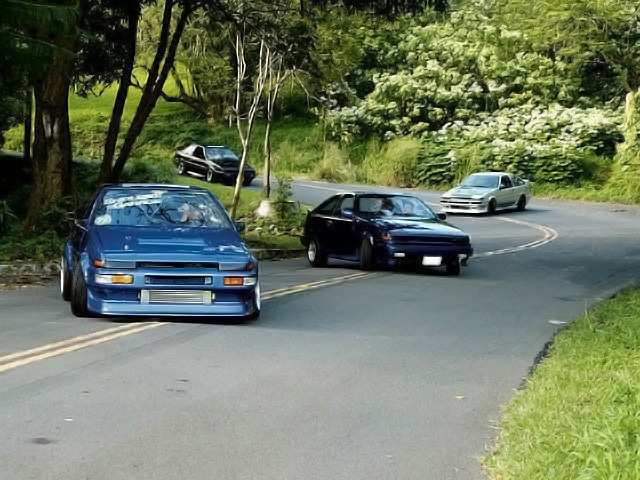
All of a sudden, there were drifting competitions held on every continent, essentially blurring the line between legal racing and street racing, and again leading to a broader appreciation of Japanese car culture.
It’s no wonder JDM car enthusiasts consider the late ’80s to the early 2000s as the golden era of street racing in Japan.
Unfortunately, street racers seem to be a dying breed in Japan these days, largely due to police clampdowns, Shaken vehicle inspections, and ever-increasing car ownership costs.

Most young people don’t buy cars, in fact, the majority of them don’t even possess a driver’s license.
And when they do buy a car, chances are it’s something economical and environmentally friendly, not a fun daily driver.
In addition, being labeled as a Hashiriya in Japan is still attached to some social stigma, and no one wants to bring any shame on their families, which can be worse than any punishment handed out by the police.
Japan’s Underground Street Racing Scene

Street racing in Japan features a plethora of distinct “disciplines”, subcultures, and tribes, each with its own unique characteristics and motivations.
We’ll just cover some of the most important ones, as with anything related to Japanese car culture, it’s easy to fall into the rabbit hole.
The Roulettezoku is mainly a term used by the Japanese police when referring to street racers who race on the C1 Loop and Wangan line.
Arguably the most famous is the Mid Night Club, who were mainly found doing late-night top-speed races on the Wangan Bayshore route back in the day.
The Mid Night Club disappeared off the map back in 1999 but reemerged in 2020 as a track driving team.
Kaido racers, commonly referred to as Bosozoku, modify their cars with exaggerated retro aesthetics inspired by classic Japanese race cars of the 1970s and 1980s.
While “kaido racer” literally translates to “highway racer”, you’ll rarely see these cars do any actual racing these days, but they’re still a cool part of Japanese street racing culture.

The Kanjozoku got their name from racing their heavily modified, and very noisy, Honda Civics on the Kanjo Loop in Osaka.
Various Kanjo clubs like No Good Racing used to race each other — weaving between other cars and outrunning the police was part of the game — but after a massive crackdown years ago, the scene is no longer what it used to be.
Most of the clubs are now gone, and many members either quit altogether or only race on the track these days.
The few remaining Kanjo clubs have put their differences aside and now drive around the loop mostly for fun.
Japan is also home to a plethora of drift cars and drift tribes, which doesn’t come as a surprise, seeing how drifting as a sport was born in Japan.

Members of the underground drift scene can usually be found on twisty mountain roads, where they show off sideways action and controlled slides around corners.
Is Street Racing Dead?
Japanese street racing is legendary, but as law enforcement has clamped down on these activities, and the government penalizes old performance cars to usher in a new era of green machines, this subculture is slowly dying.
While street racing in Japan is nothing like it used to be, the underground scene remains a captivating aspect of the nation’s automotive history.
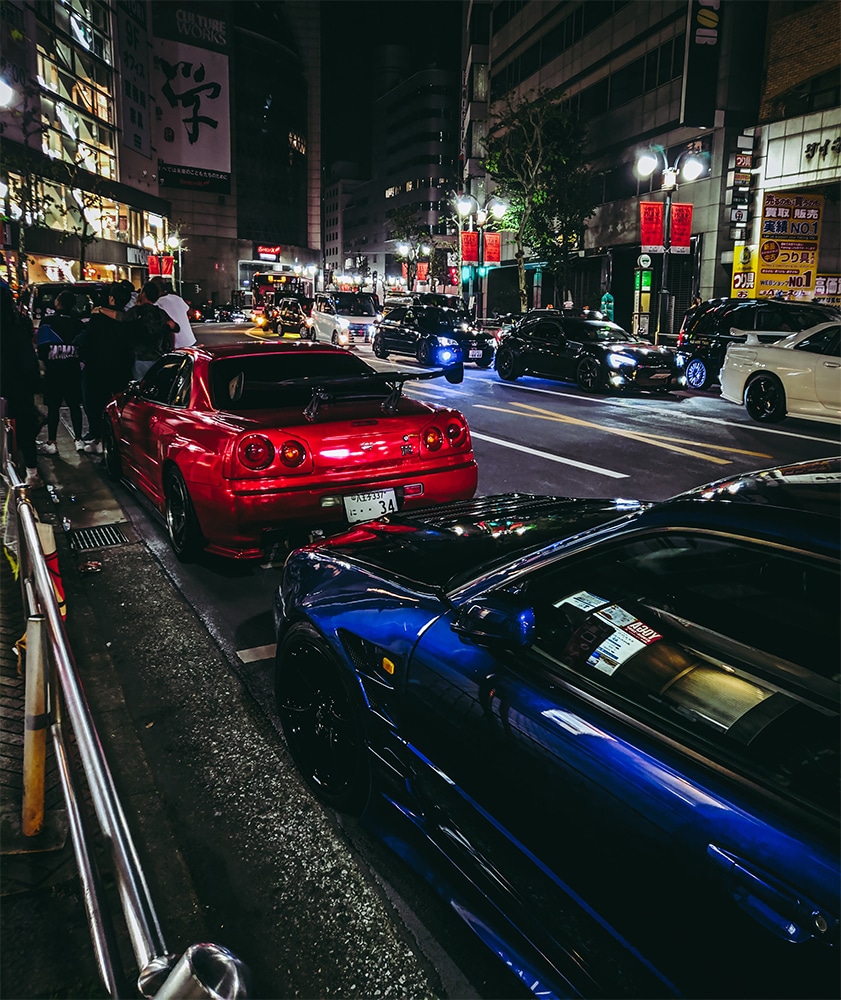
As car enthusiasts, we should certainly celebrate the styles and innovations that street racing in Japan brought with it — without it, the automotive scenery would be a much duller place.
Granted, we don’t need to respect illegalities, but in all honesty, without these people and their highly-tuned cars, some of our favorite racing video games and street racing movies probably wouldn’t even exist.
At the end of the day, JDM car enthusiasts all share a responsibility to help preserve the integrity of Japan’s storied automotive culture.
Have you ever witnessed Japanese street racing in real life? What was your experience like? Let us know by leaving a comment.
If you find this post entertaining, share it with a friend! We appreciate your support.

